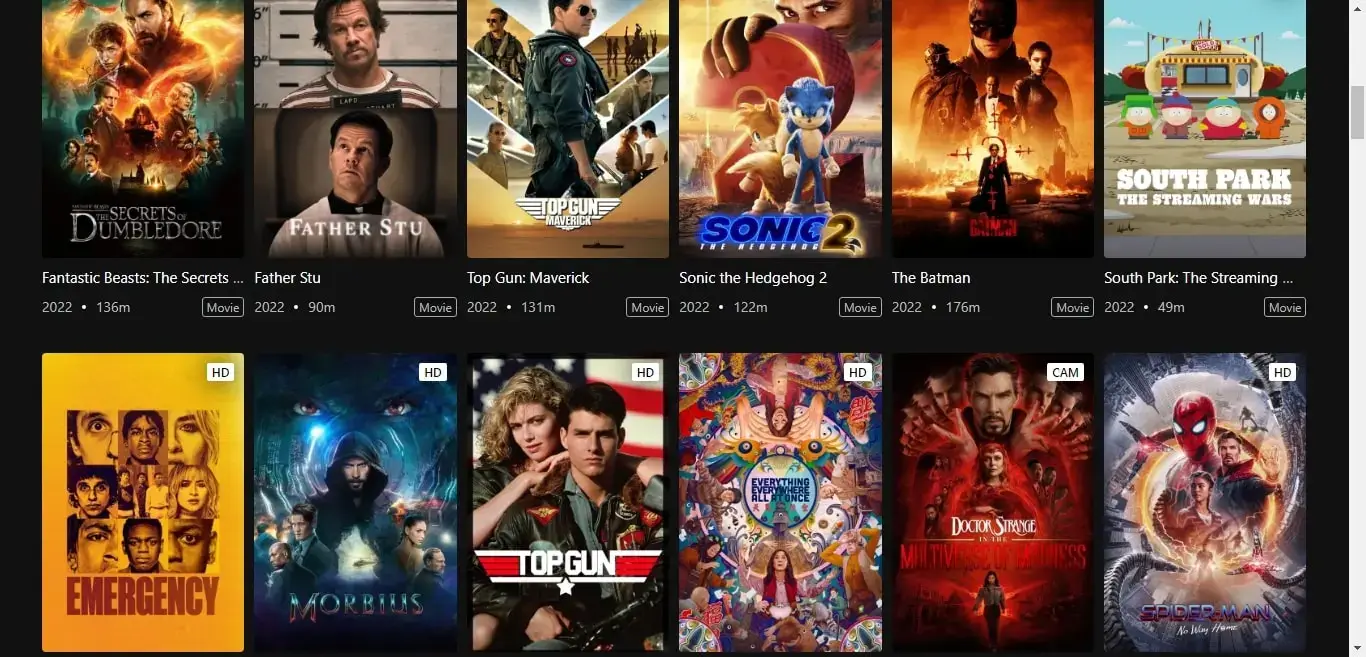3 Free anti-spam software: 9 ways to get rid of spam in your inbox!
This blog post may contain affiliate links. If we find a product or service to be useful, we encourage you to visit the website via that link. If you make a purchase through our referral link, we may receive a commission. Rest assured, you will not be charged any additional fees. By using these links, you can support us while making your purchase. For more information visit here.
9 ways to get rid of spam in your inbox!
Bots made for spamming are working all over the internet. They try to fill all web pages with one online form that may include a comment form and a contact form. It takes manual labor to extract these from useful pages and blogs. Thankfully, there are several automated ways to circumvent these nuisances using scripts. This article will tell you about some useful tricks to prevent spam from coming into your inbox by understanding anti-spam software. Here are 9 ideas to help prevent spam from getting into your inbox.
1. Anti-Spam Question
It is the simplest way. Add a question that only humans can answer. Add straightforward questions that anyone can answer, for example, “Does the sunrise come from the east or south?” It is pretty easy for any human to answer. Yet, bots will not reply to it as they have no cognitive knowledge.
The question must live in the label element and attach the answer to the input. The wrong response can stop spam with a little scripting and coding. That is one of the ways to prevent spam in the inbox. This approach has other variations, such as image-based questions, random questions, and slider-based questions.

2. Use a spam filter
Most email services come with built-in spam filters that automatically detect and divert spam messages to a separate folder. Check your email provider’s settings to ensure that the spam filter is enabled and properly configured.
3. Menu option matching
If the form has a drop-down menu option, such as a ‘country’ field, you can always use this trick to deter bots. Bots are unaware that ‘$VARIABLE’ must have a pre-defined value. If it is a ‘country’ field, it should be a valid country name and not some arbitrary one. To put something in each area, most bots will put a value like ‘1’. It may withhold comments because of this mismatch.
4. Don’t open suspicious emails
If you receive an email from an unknown sender or an email that seems too believable to be true, don’t open it. Instead, mark it as spam and delete it immediately.
5. Use a secondary email address
Consider using a separate email address for online shopping, subscriptions, and other non-essential communications. This can help keep your primary email address from being flooded with spam.
6. Honeypot Spam Trap
It is an entertaining way to stop bots from using their stupidity to their advantage. You can access the hidden field using the offset class, and regular users cannot see it. However, bots being a program will see this field and put something in this field as a habit. The trick is that the script will only allow comments when this field is left blank. Thus, it will enable human comments, but bots will automatically get an error message. This is another way to prevent spam in the inbox.
7. Avoid letting out your email address
Be cautious when giving out your email address online. Avoid giving it to unknown websites, and never post it on social media or other public forums.
8. Regulating input length
You can apply this method by limiting the input size to a single field. For example, a name field with a character restriction of 20 is sufficient. Bots, by definition, will try to fill in as much data as possible in any area. As a result, it prohibits them from publishing anything. We can use different approaches, and each coder has his or her favorite. These are only a few of the practical strategies used by programmers all over the world.
9. Unsubscribe from unwanted emails
Many spam emails contain a link to unsubscribe. While it’s vital to be wary of these links, if you receive an email from a trustworthy sender, it’s safe to unsubscribe. This can help limit the number of unsolicited emails you get.

Understanding spam
Spam in the digital world is unwanted emails sent to customers. Their primary purpose is to advertise a product or service. Many advertisers use spam, hoping to attract customers to their offers. They want to hit a large target audience to increase their chances of sales. While this isn’t wrong, it can still distract email users.
Spam exists all over the web. You might have noticed something during instant messaging or online gaming. Some users in the chat room may send messages unrelated to the forum or game.
Mobile phone users may also receive spam messages. These are annoying and can also incur additional charges in some countries. Spamming is now quite common on video-sharing sites. You can see posted messages that require you to click on a particular link to see something. Once that’s done, you can see a place that has nothing to do with the video you want.
Spam messages are mostly harmless. They have no intention other than to grab the reader’s attention. Yet, over time, many unwanted emails disguised as spam became malicious. It’s a bunch of idiots that email users asking them to click on a particular website. Once the person does, viruses and other dangerous software can take over. These can cause problems as soon as they enter the computer system.
Some viruses can erase files, while others can replicate and slow down tasks. When this happens, the computer may not function properly. If anyone connects this personal computer to a network, it may also harm other computers. In a company scenario, this could mean a reduction in work hours. The owner may also face bills to re-program the system.
Discovering spam and anti-spam software
If someone constantly sends boring messages to your email that you have nothing to do with, your inbox gets filled with these junk messages. In such a situation, browsing through email is boring and unproductive. Even worse, you may come across harmful programs. Sometimes the links in those emails can trick you into clicking on them. To ensure this doesn’t happen, learn about anti-spam software early on.
Role of anti-spam software
Anti-spam software works with a computer and email accounts that a workstation can access. By scanning incoming mail sent to the specific version, the software will act as a scanner. The spam detection process looks for signs that the sender’s message may be spam. Many will block a potential ad mailed to the recipient. Regardless of whether the user is interested in the advertisement, the software will do so.
It can also work as a spam blocker to remove viruses and other preventative programs. The software avoids problems before they become one by doing these. It also saves time, as the user doesn’t have to guess whether or not to open an email. In a company setting, saving time can mean more work. Employees and management will only read official matters instead of sorting through unrelated messages.
Best Free Anti-spam Software
Here are the 3 best but free anti-spam software listed.
- Spamihilator: Spamihilator is free, open-source anti-spam software that works with most email clients on Windows. It uses a range of advanced filters and tools to detect and remove unwanted messages, including Bayesian filters, blacklists, whitelists, and more. One of the standout features of Spamihilator is its ability to learn from your actions and improve its filtering over time. This makes it an effective and personalized solution for blocking spam.
- MailWasher Free: MailWasher Free is popular anti-spam software that can be used with most email clients on Windows and Mac. It works by allowing you to preview and delete unwanted messages before they reach your inbox, saving you time and reducing the risk of opening harmful emails. MailWasher Free also includes a range of advanced filters and tools, such as blacklists, whitelists, and custom filters, to help you further refine your spam-blocking settings.
- SpamFighter: SpamFighter is free anti-spam software that can be used with most email clients on Windows and Mac. It uses a range of advanced filters and tools to block spam, including Bayesian filtering, DNS blacklists, and more. SpamFighter also includes a range of additional features, such as a built-in virus scanner and the ability to report phishing emails, making it a comprehensive solution for protecting your inbox from unwanted messages.
What are false positives for spam blockers?
A false-positive occurs when anti-spam software deletes a valid message. Many software vendors state what their numbers are for false positives. The lower the number, the better, as the spam blocker will leave fewer valid emails to be received on the computer. I hope that reading this article has helped you a bit. You may post any suggestions as a comment. Thanks.
Understanding the importance of copyright law is absolutely vital, as it strictly prohibits any reproduction or replication of works without the explicit permission of the author. Any unauthorized duplication of content will lead to legal action for copyright infringement under Section 14 of the Copyright Act.Webpagespots












